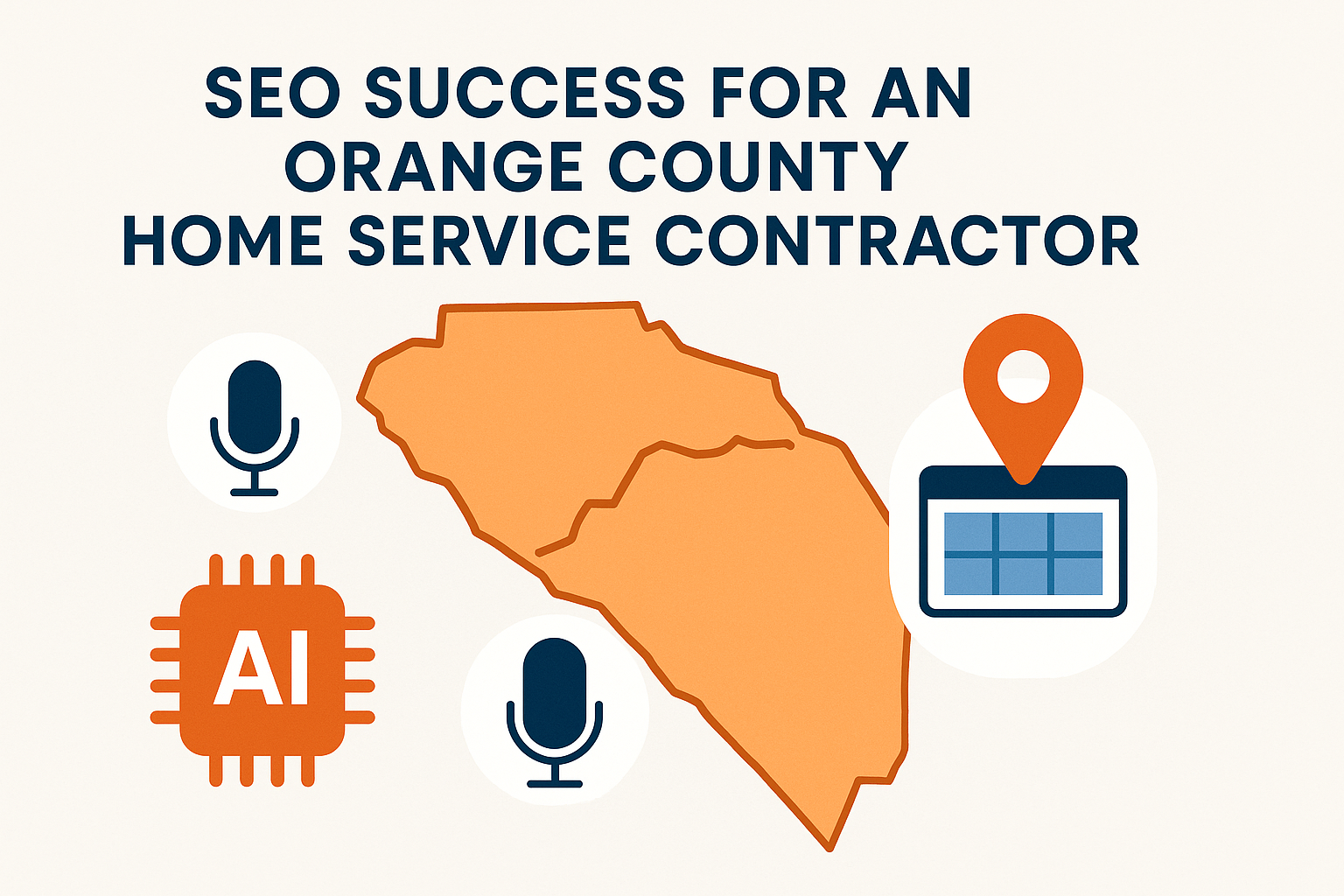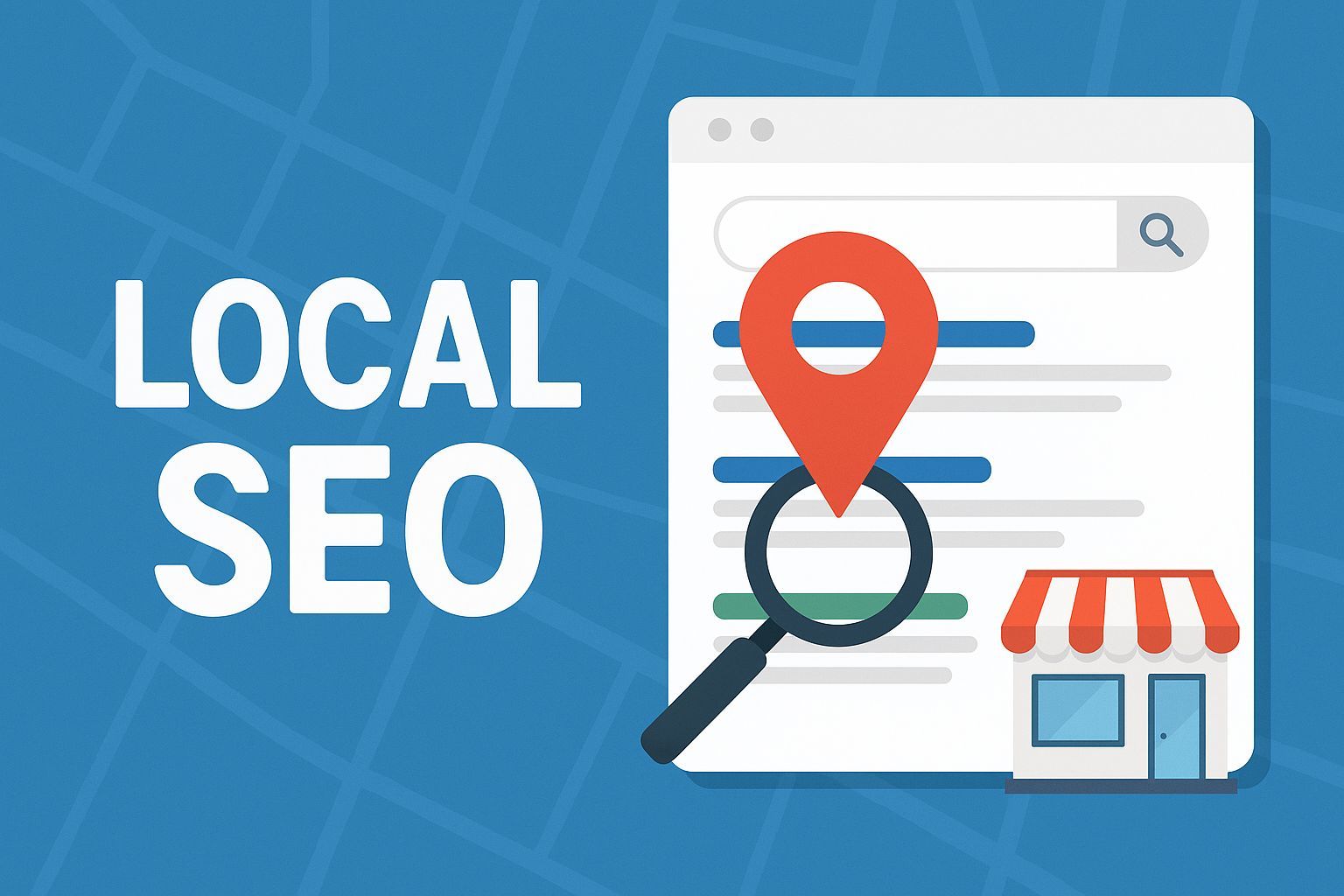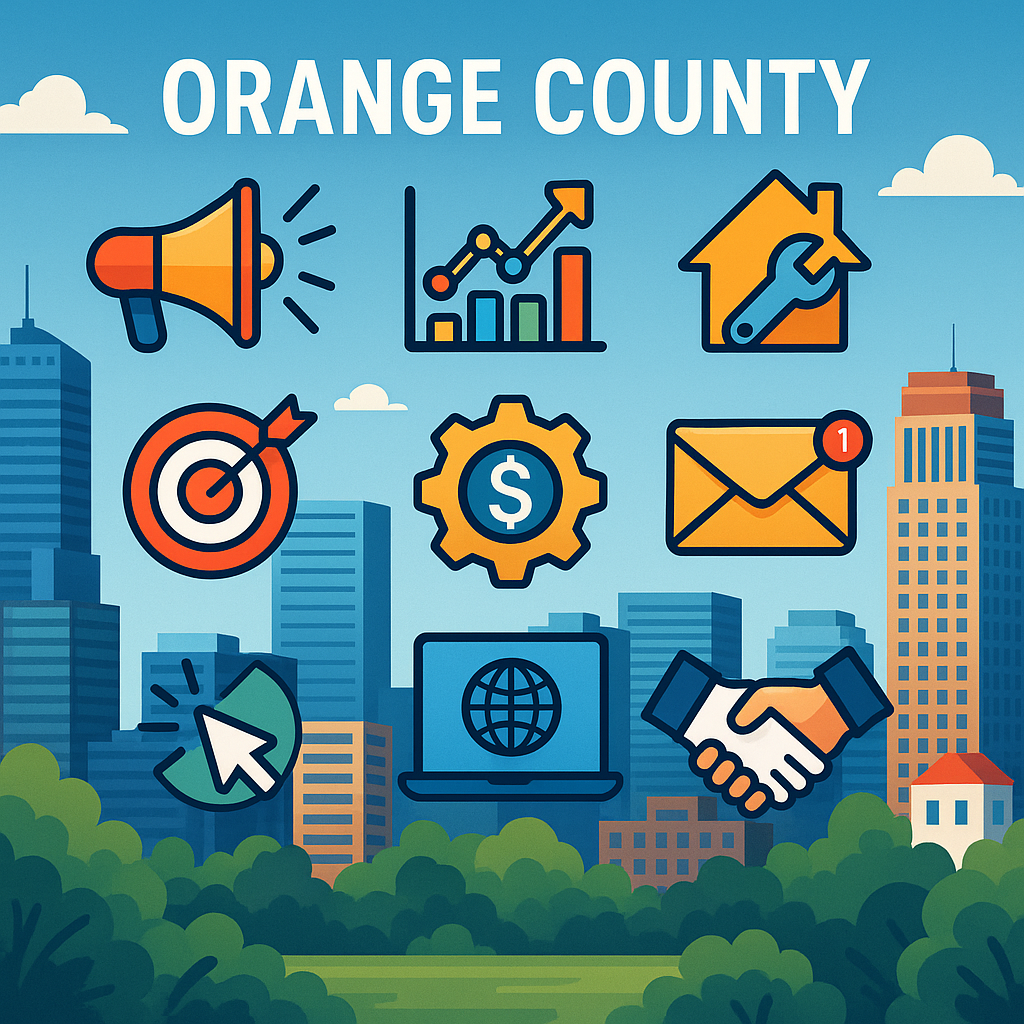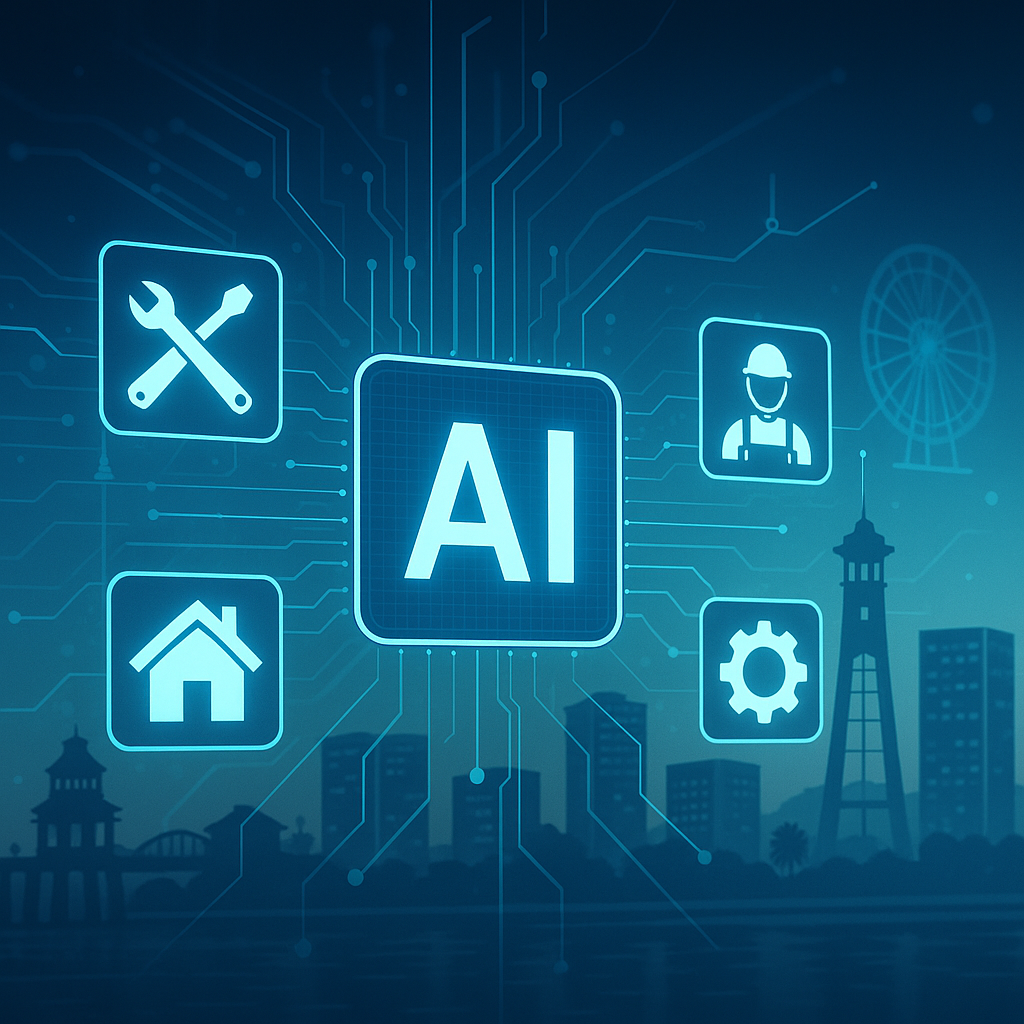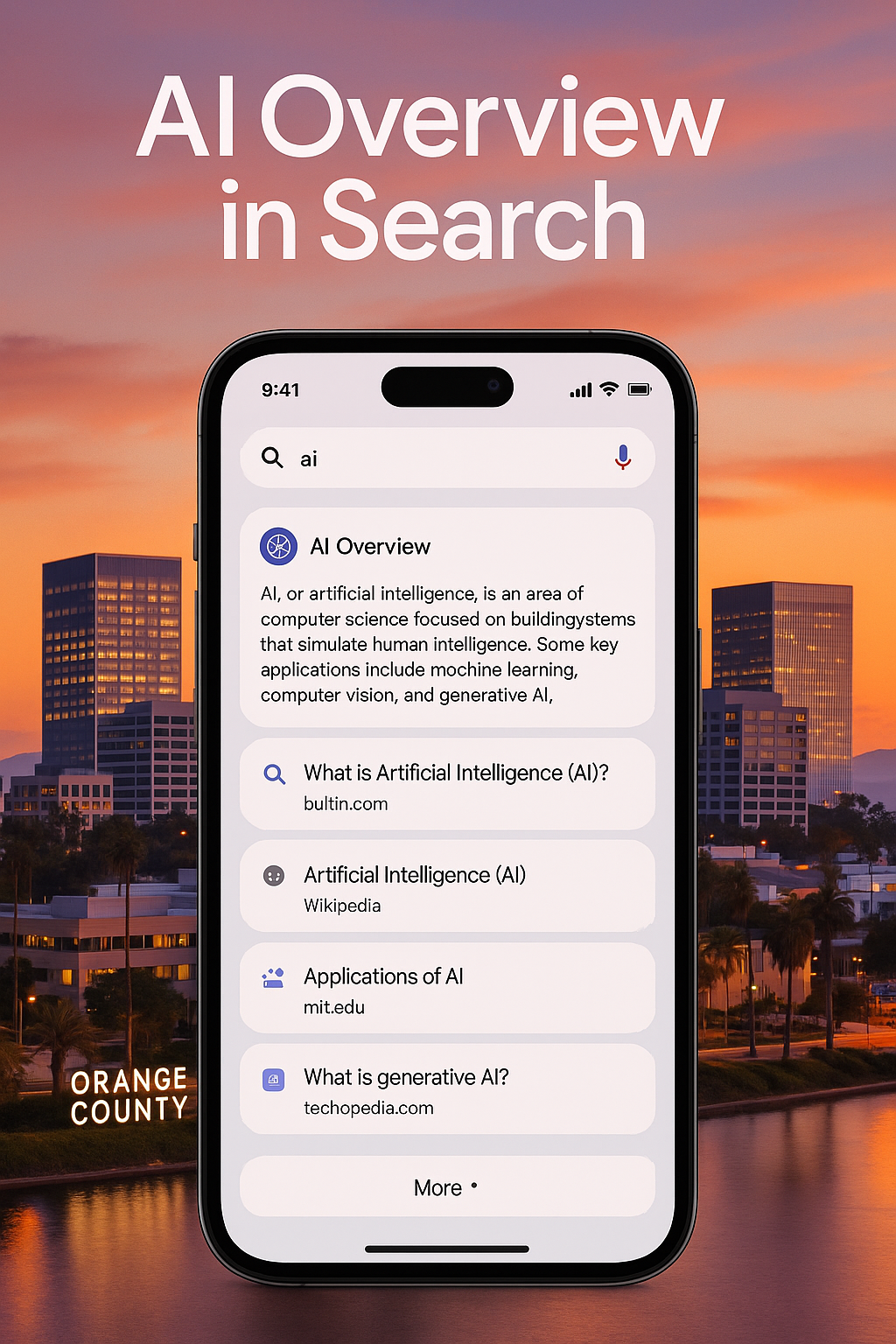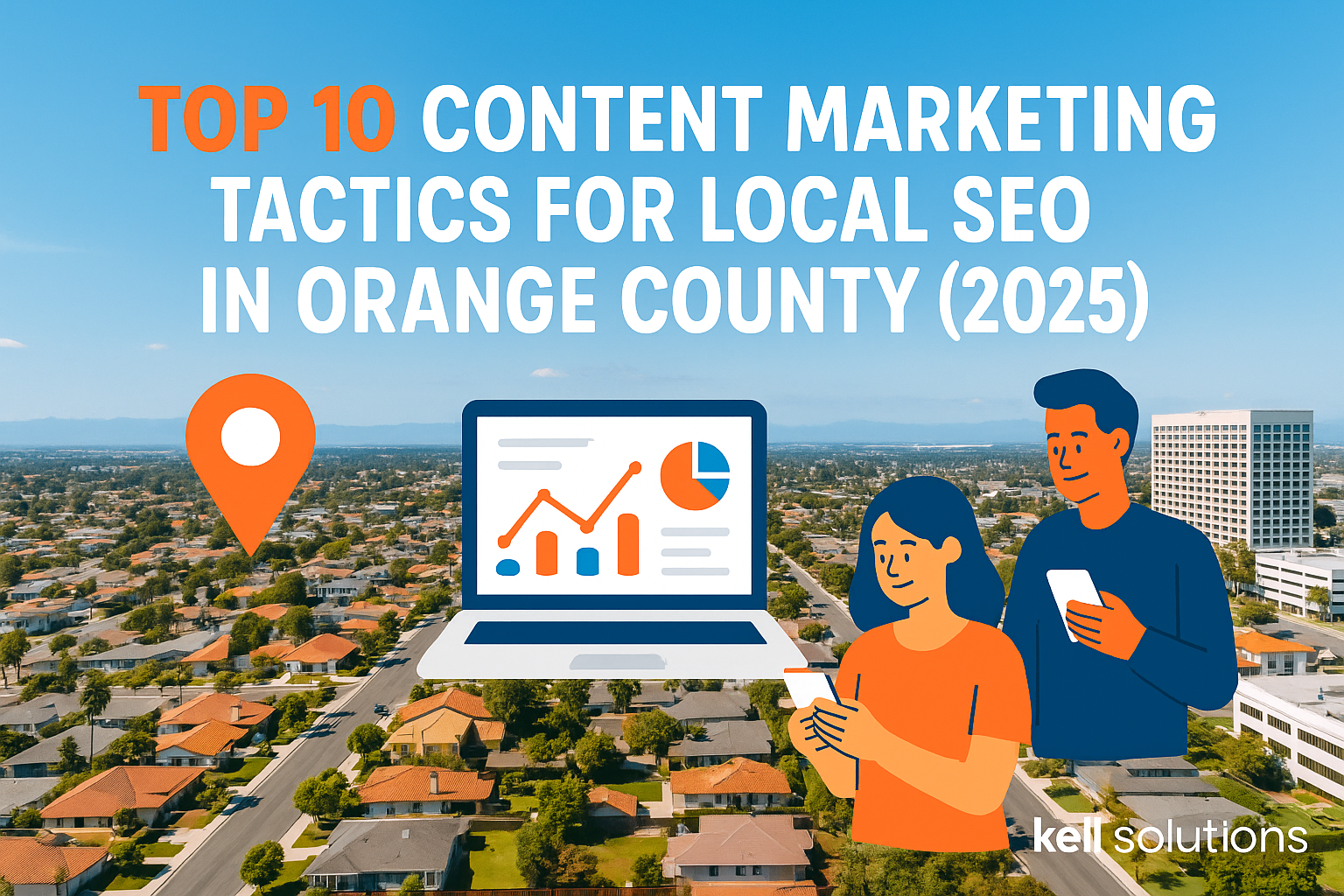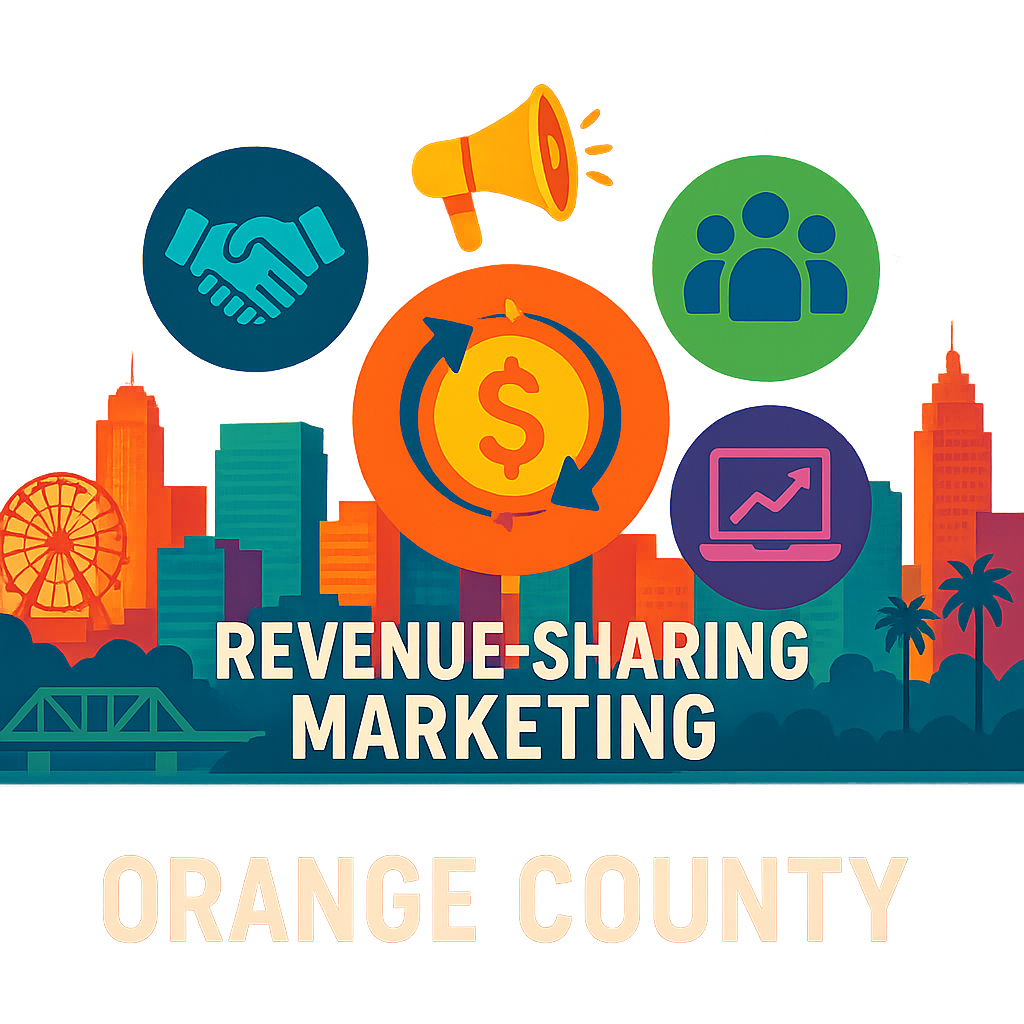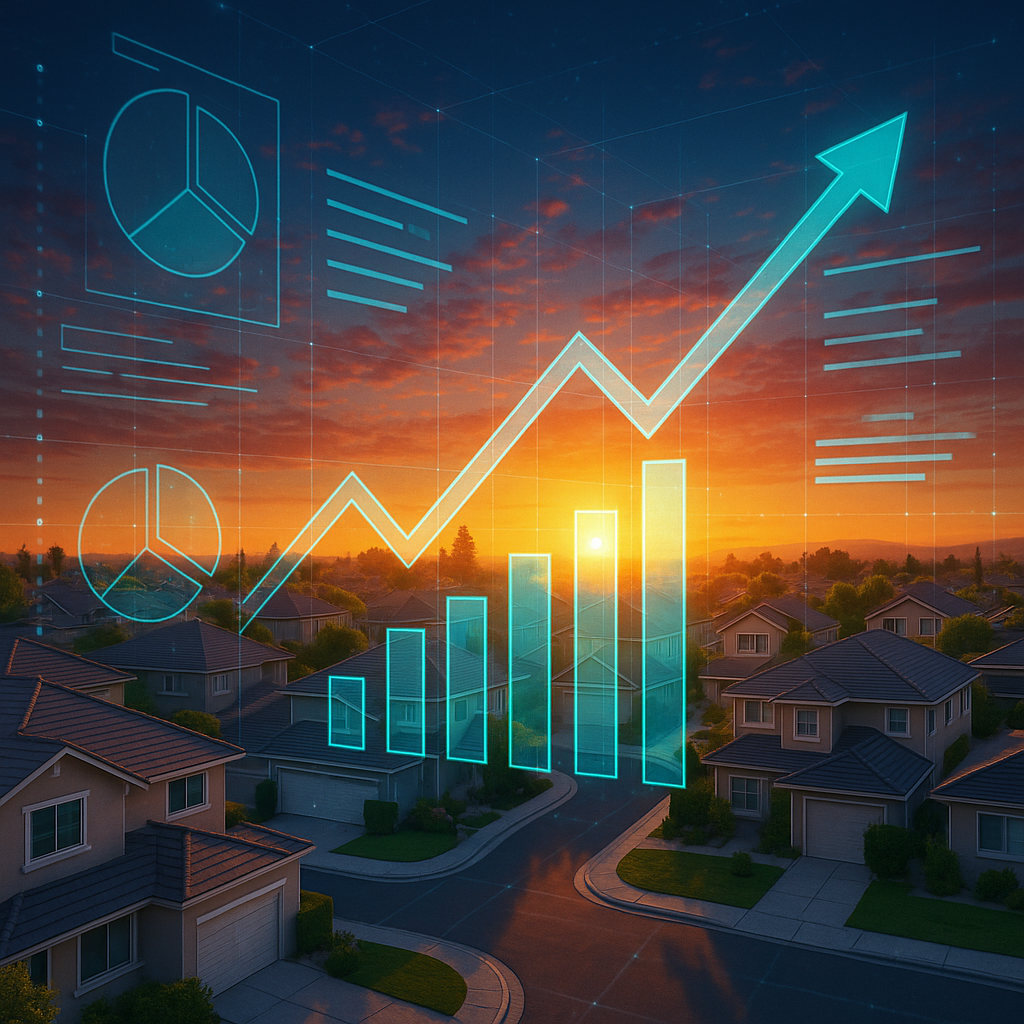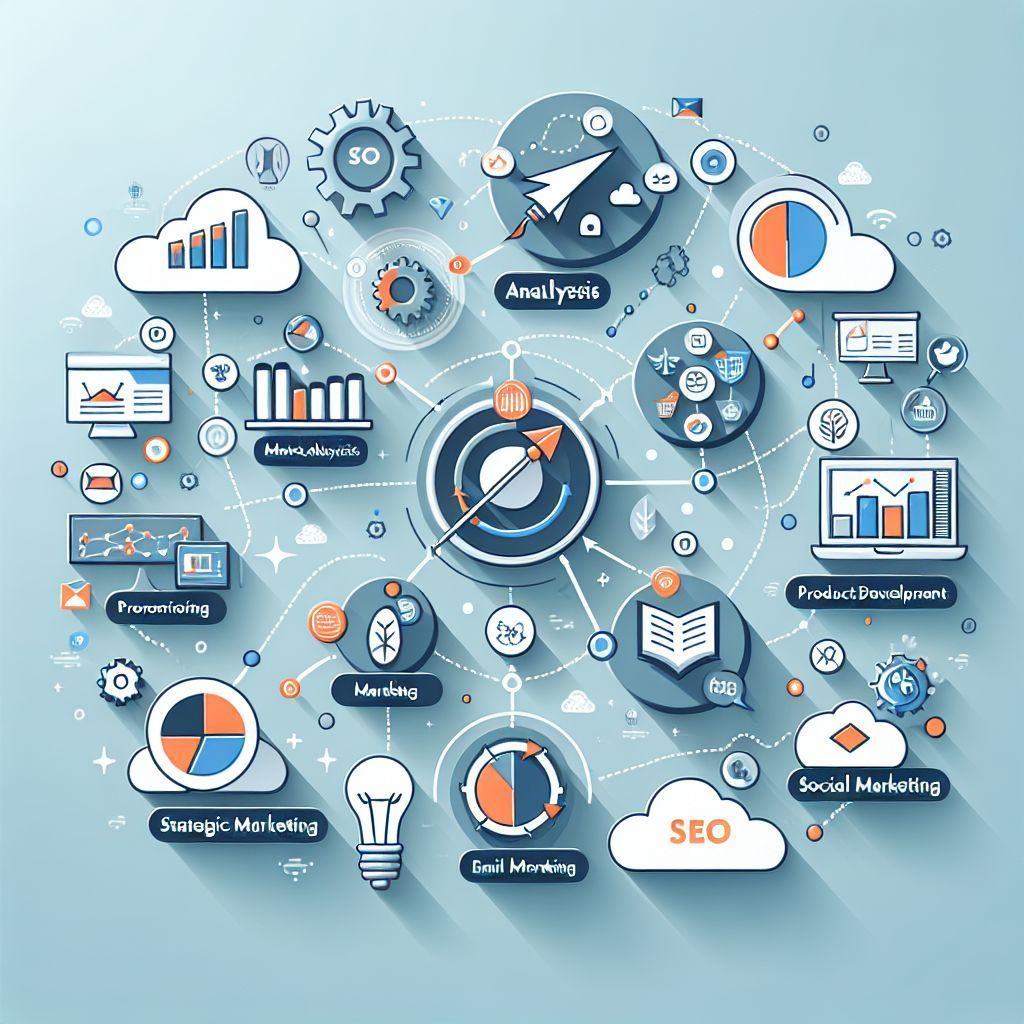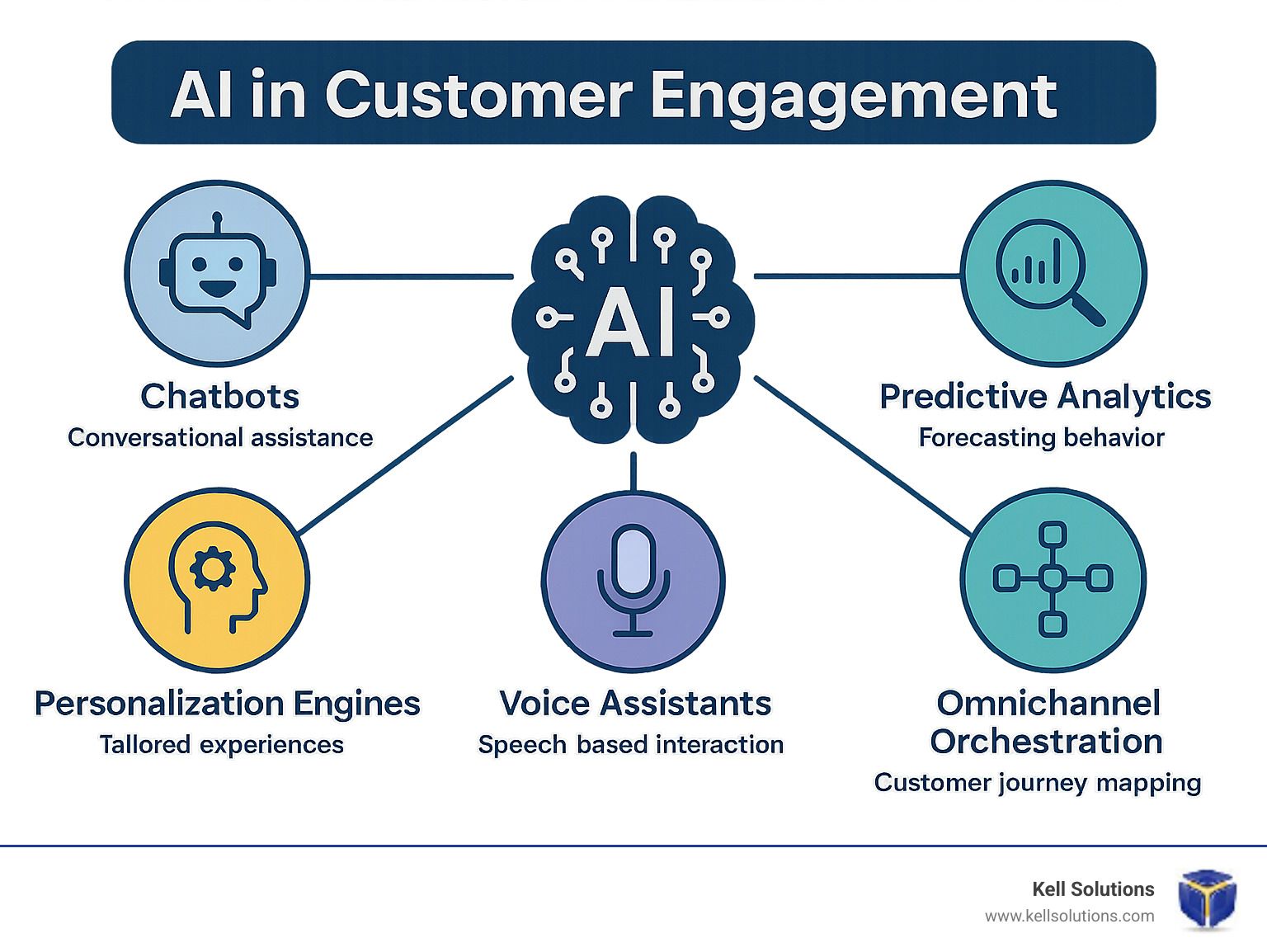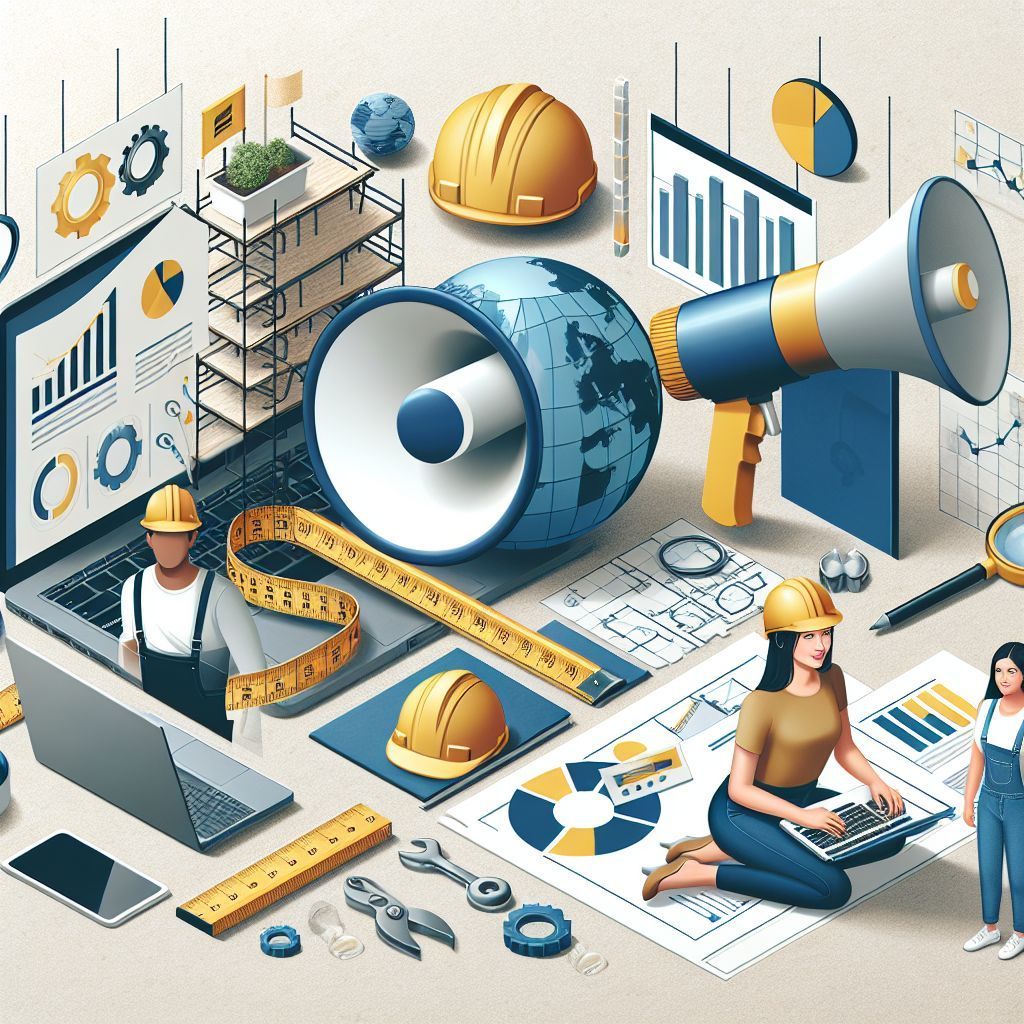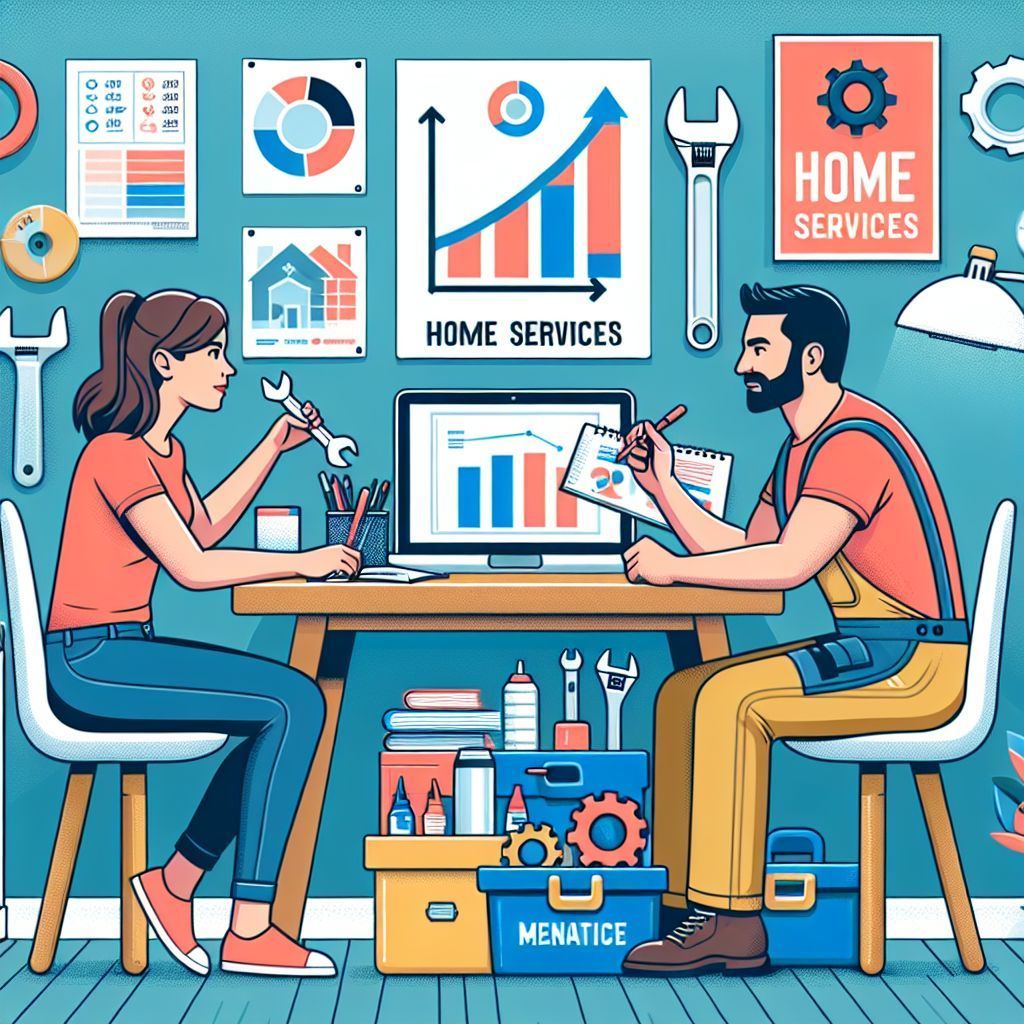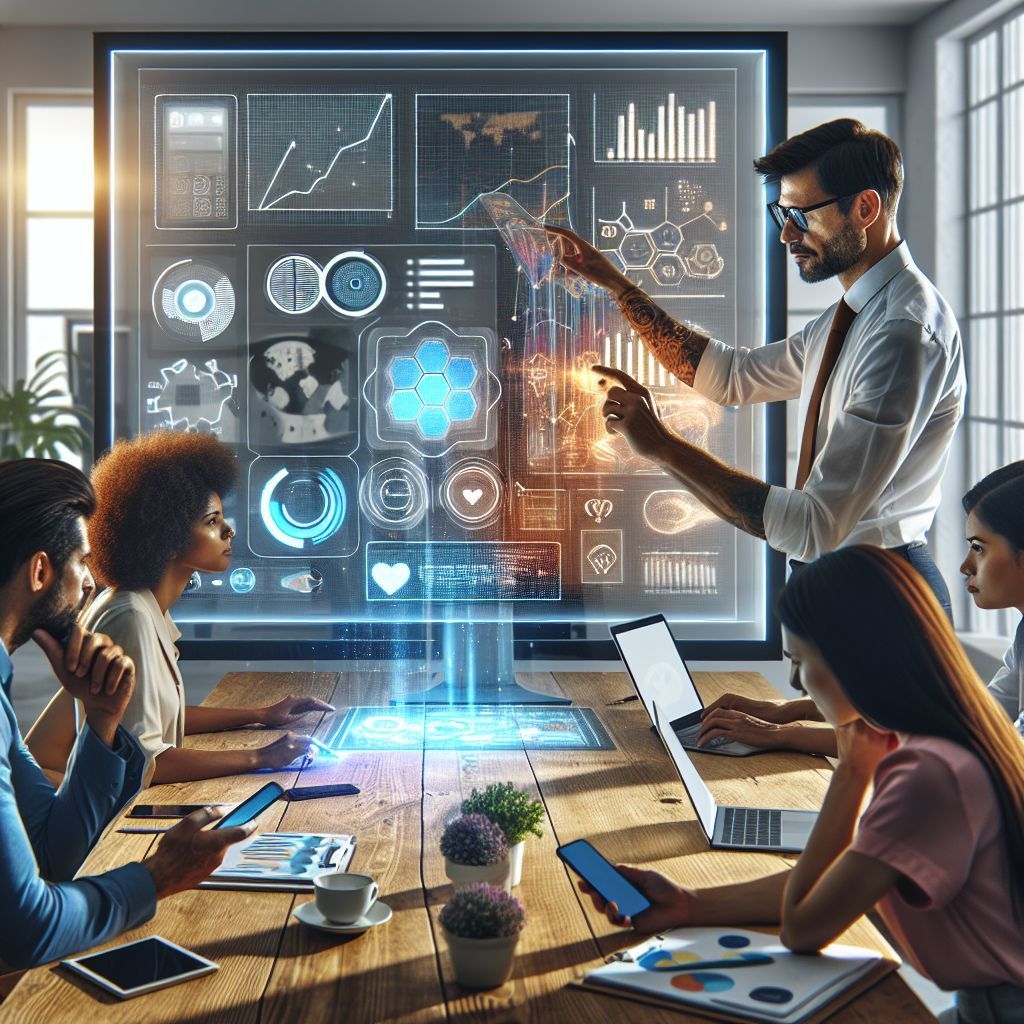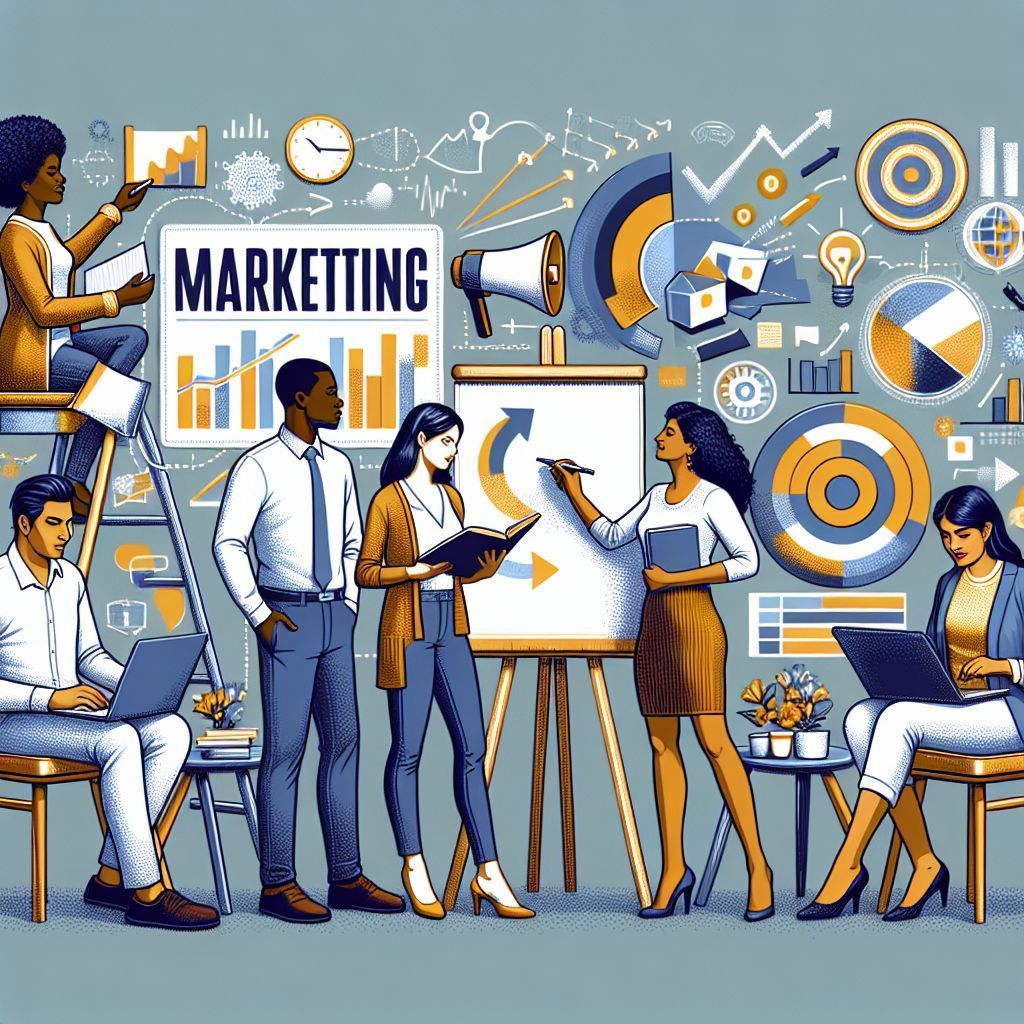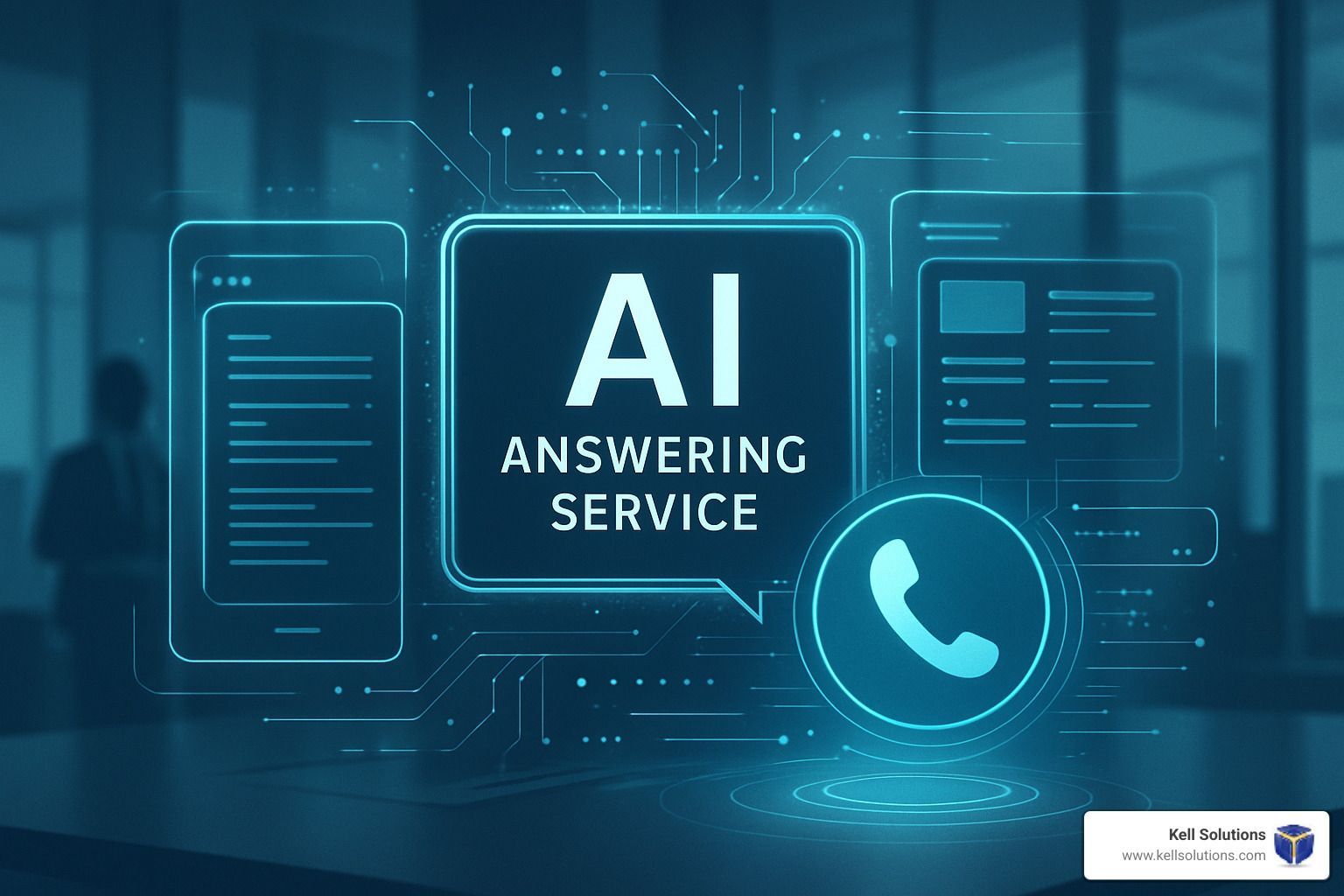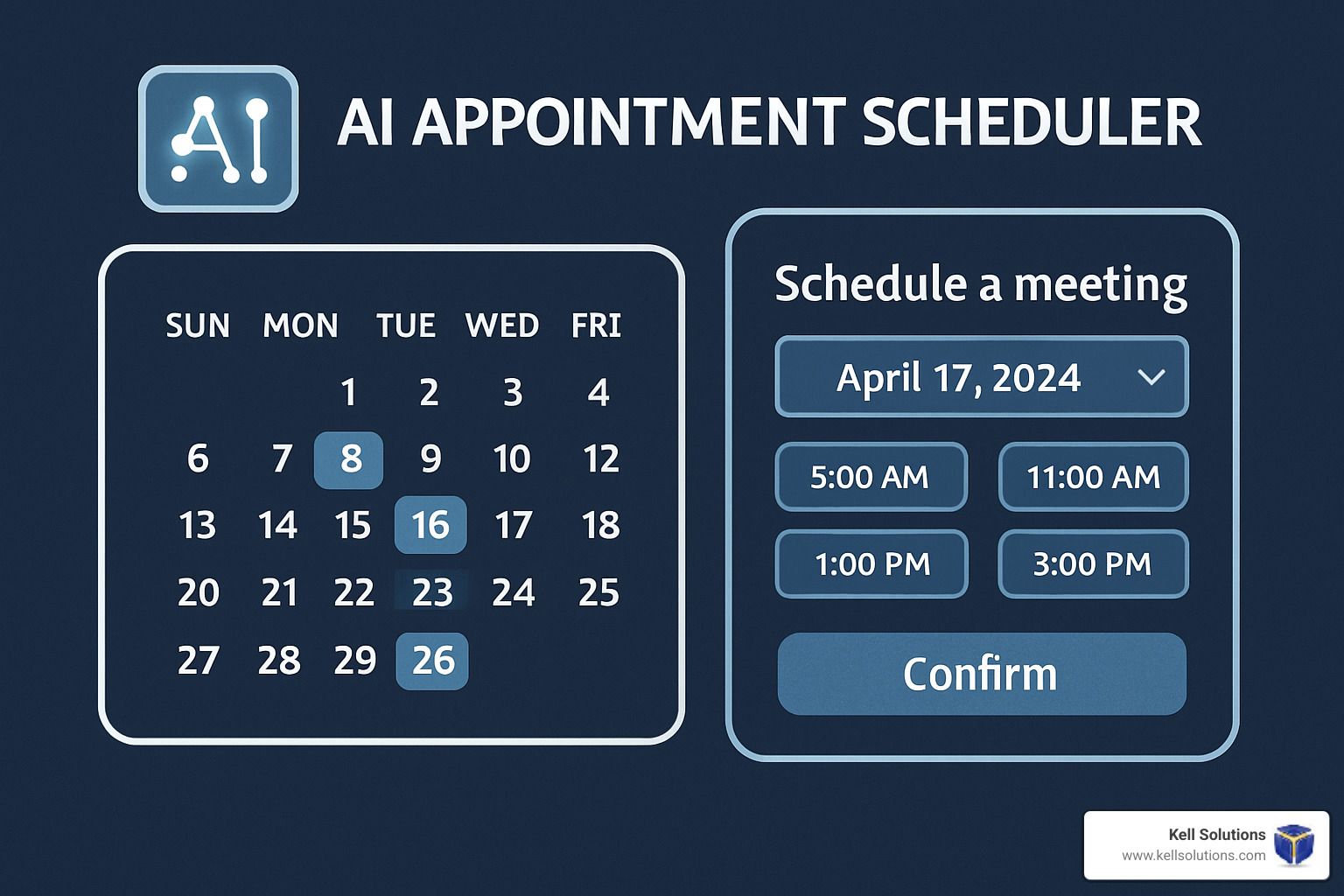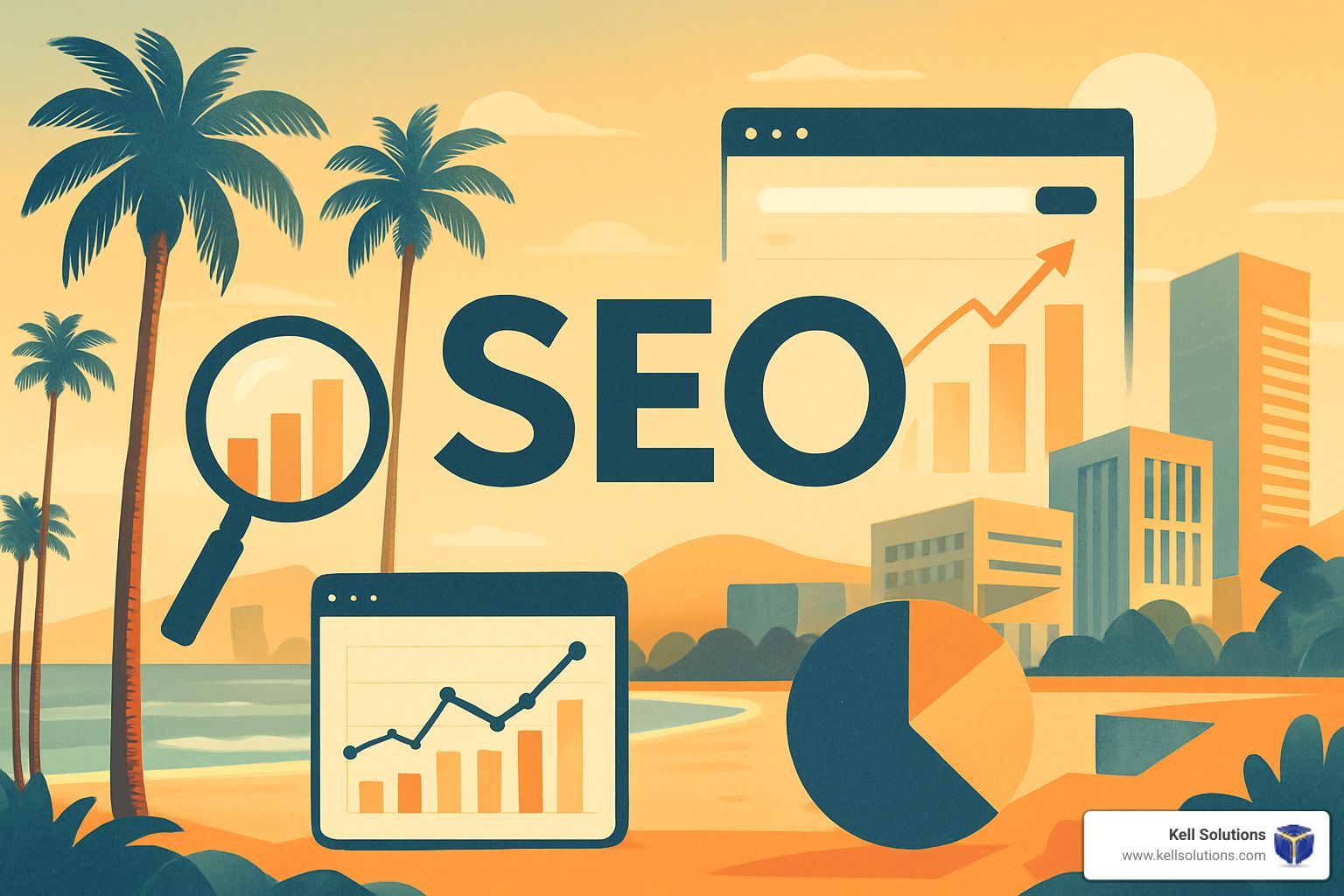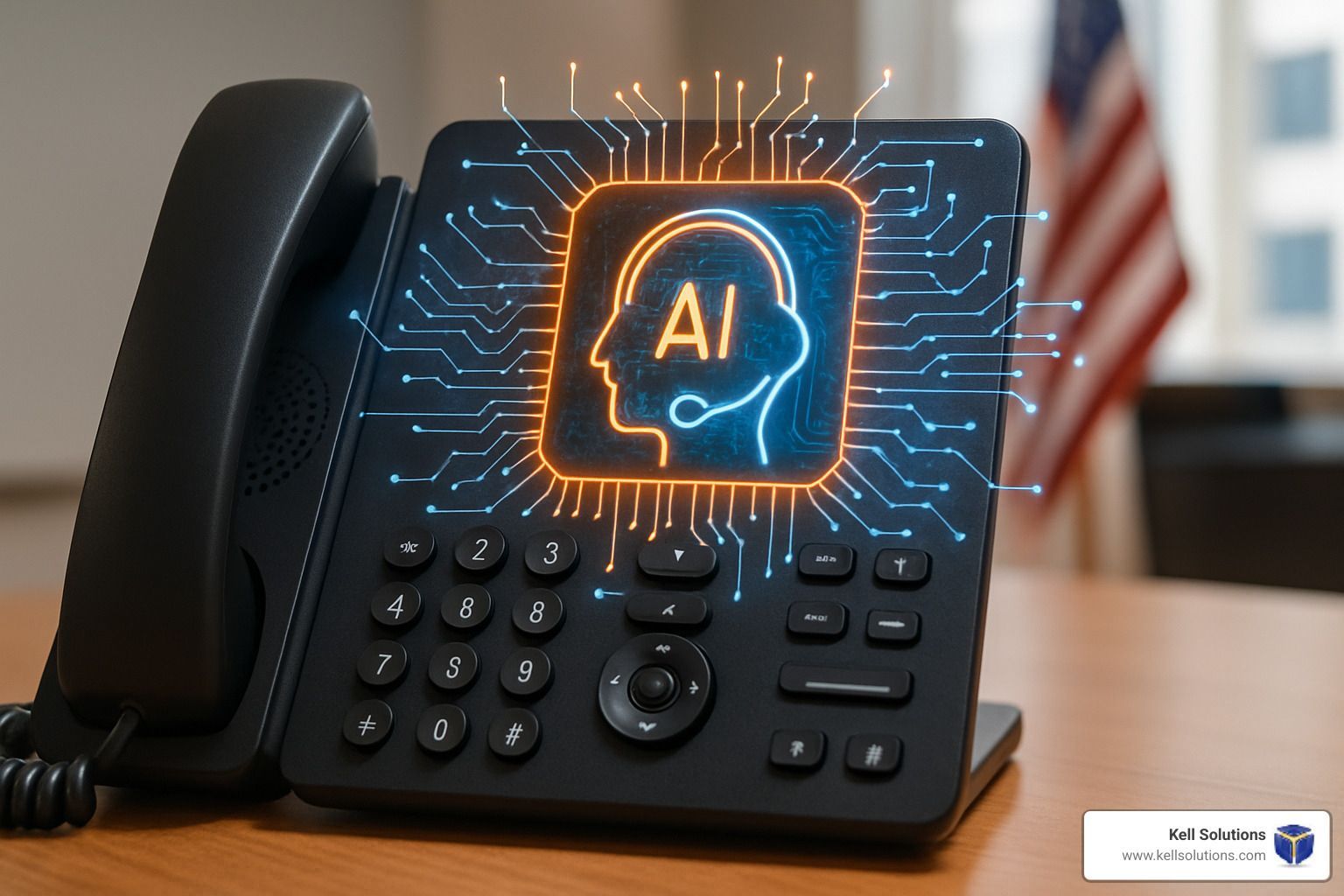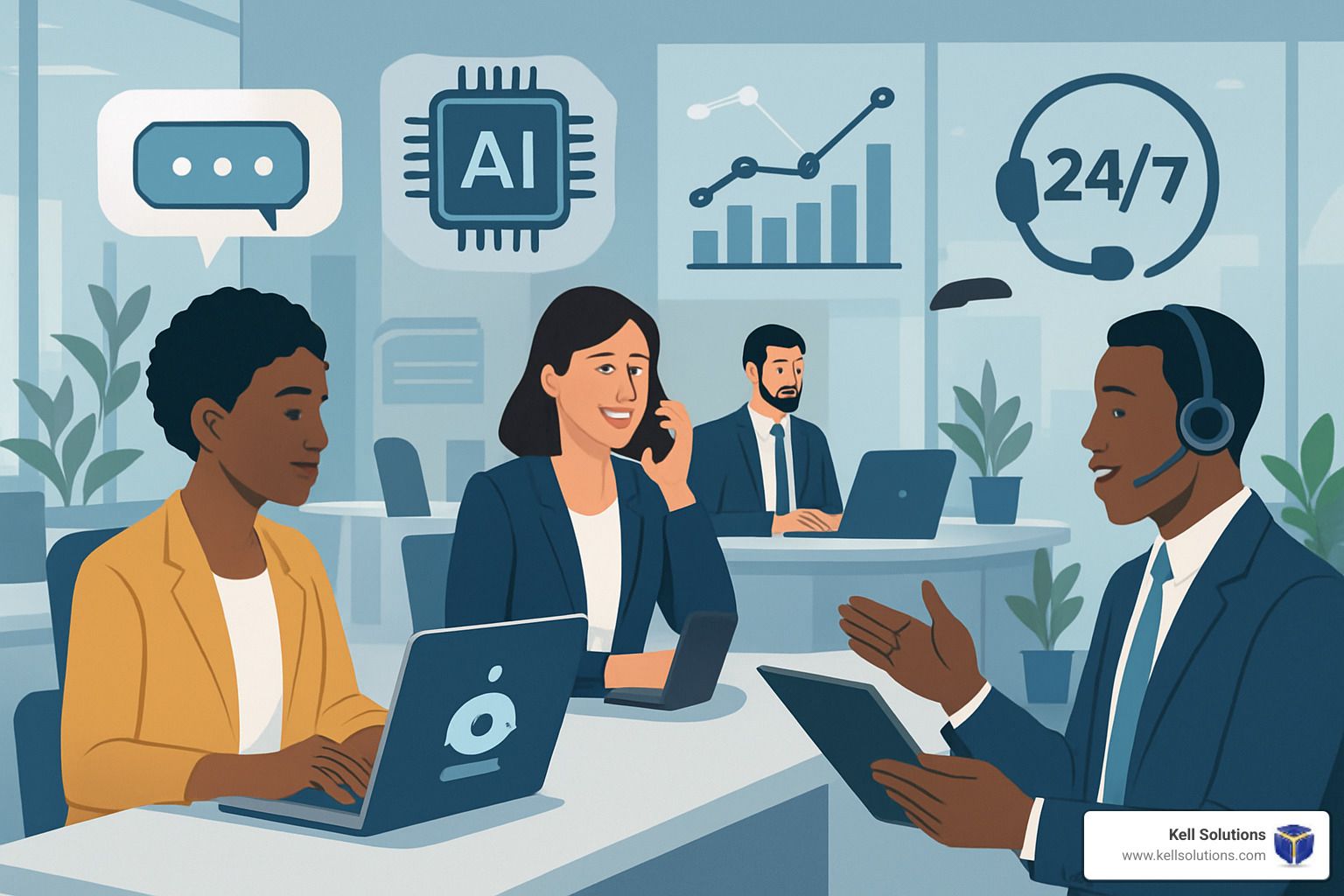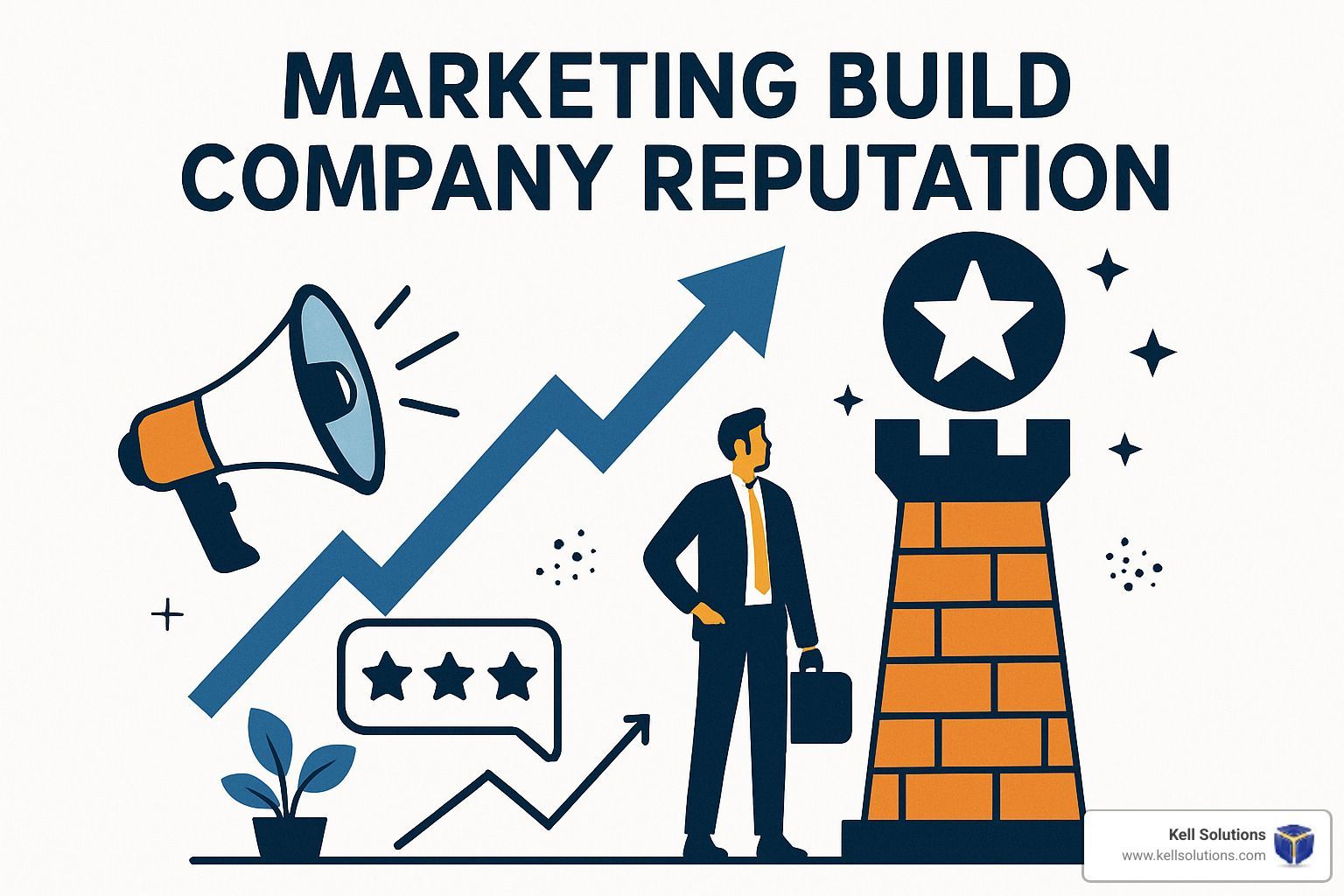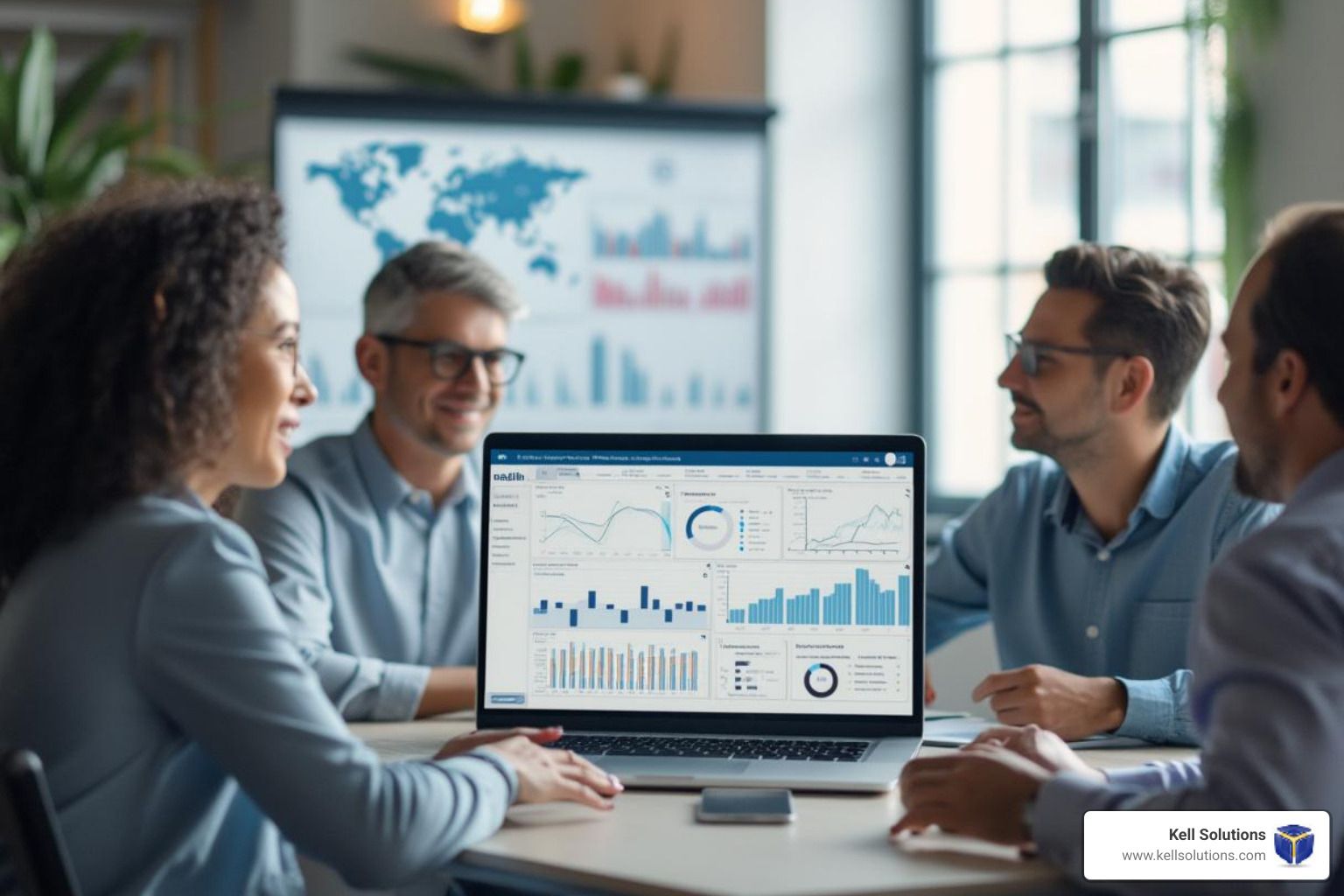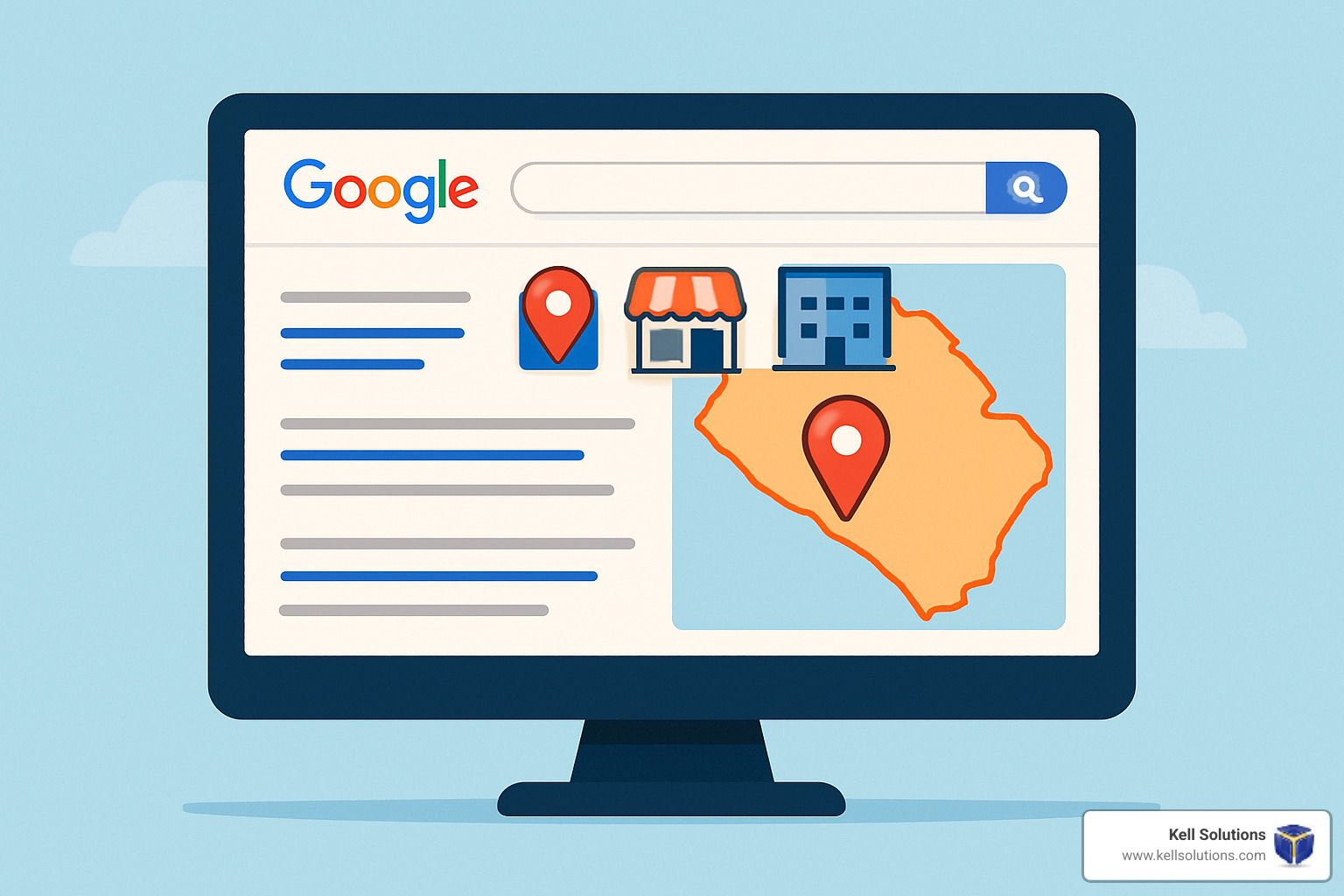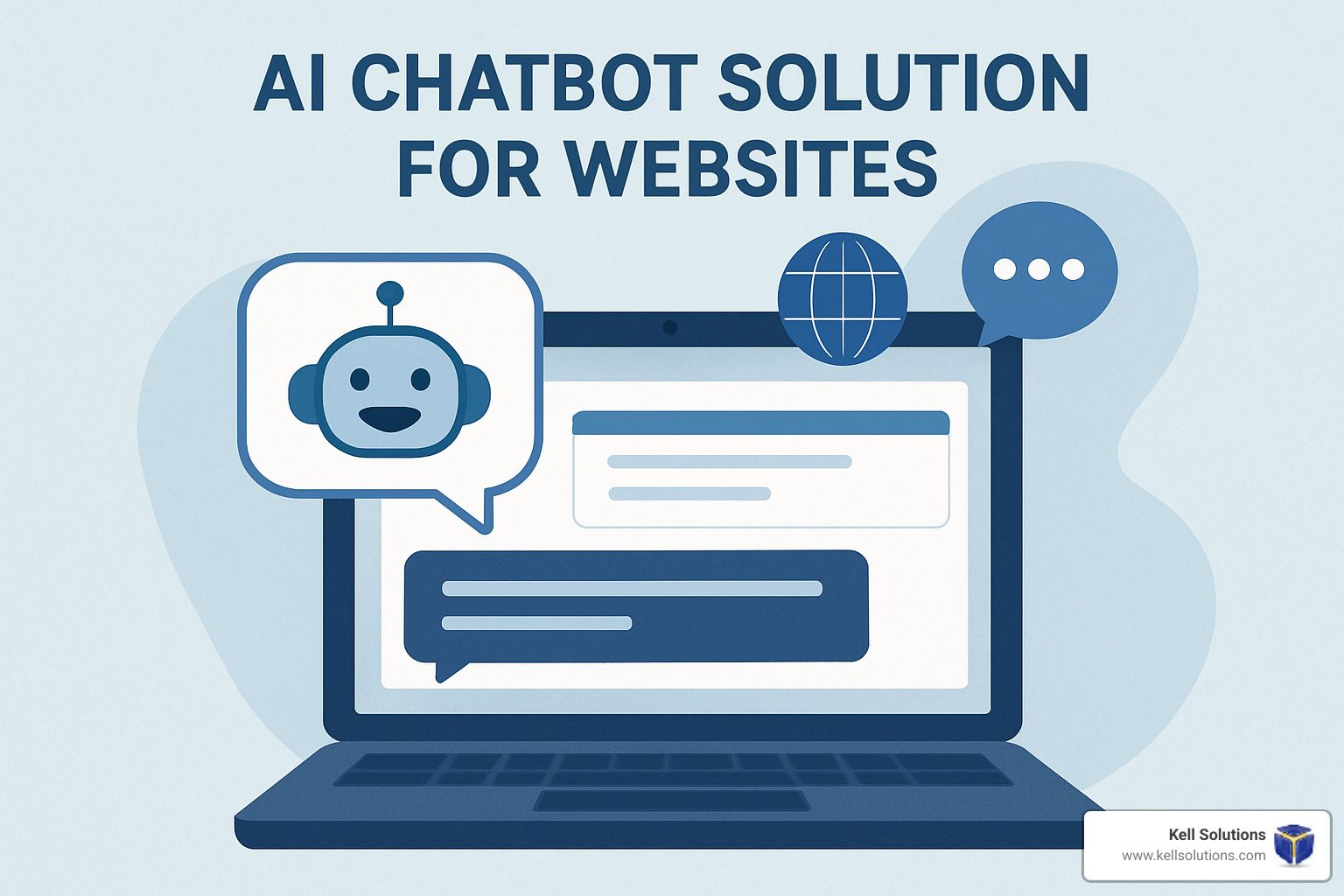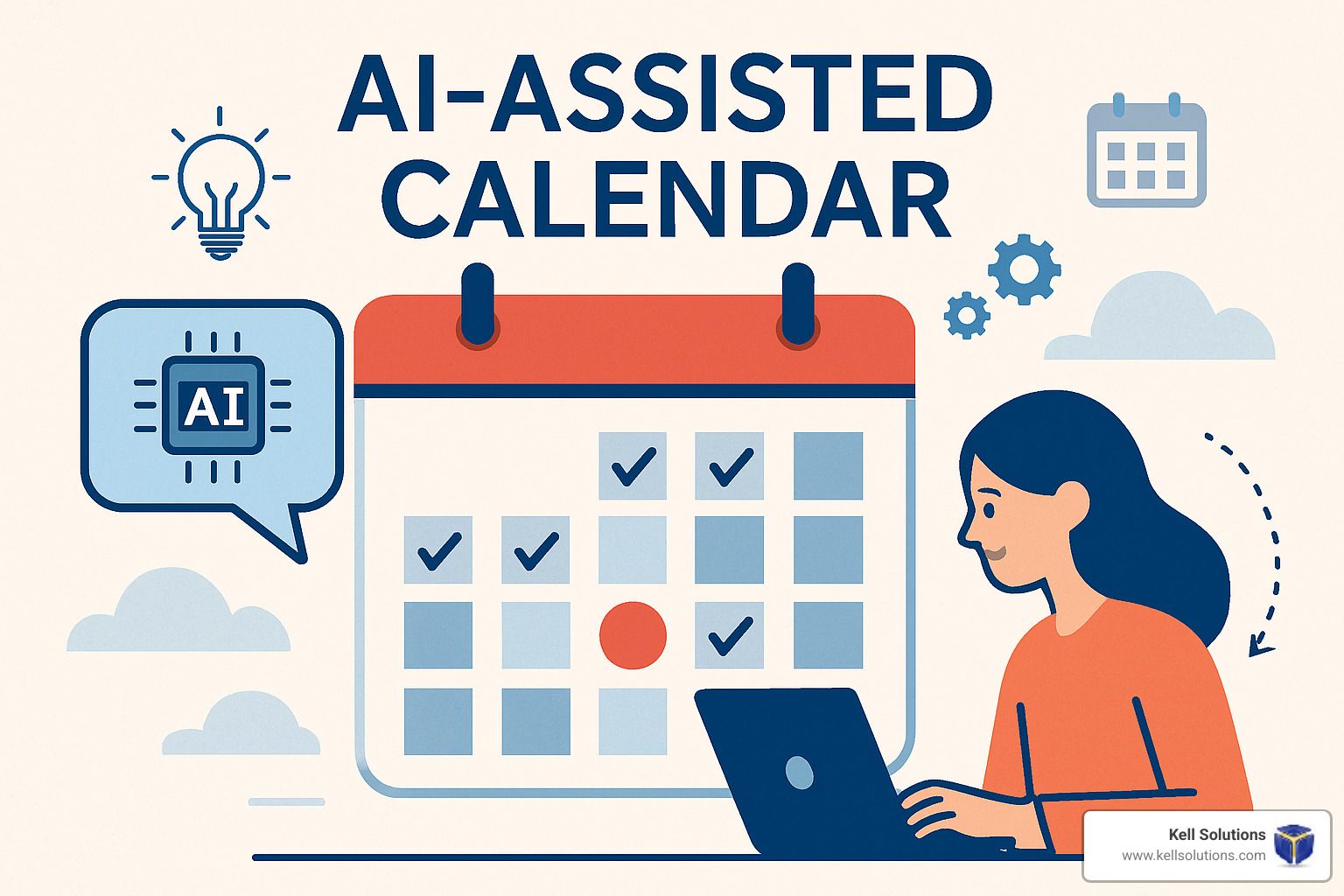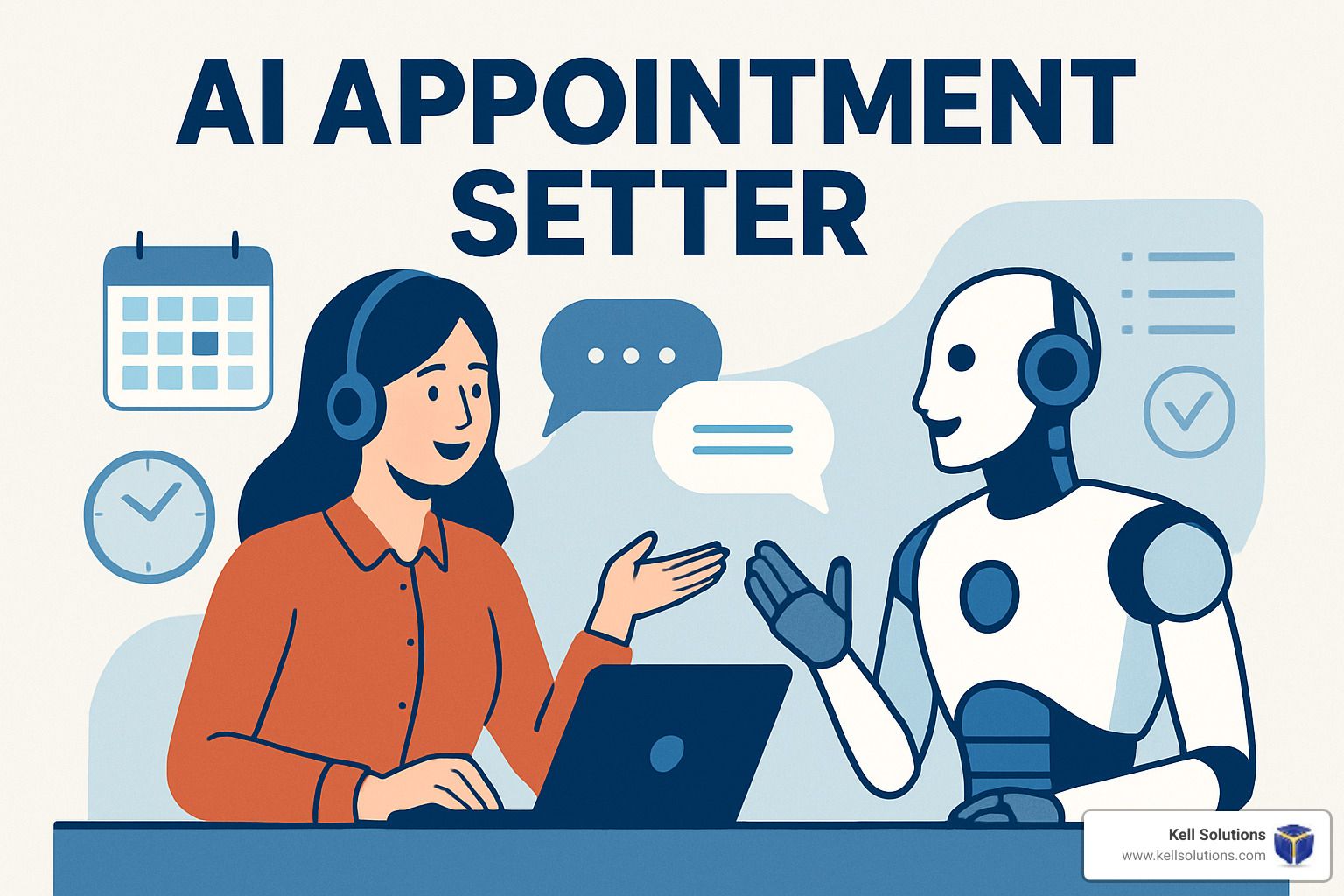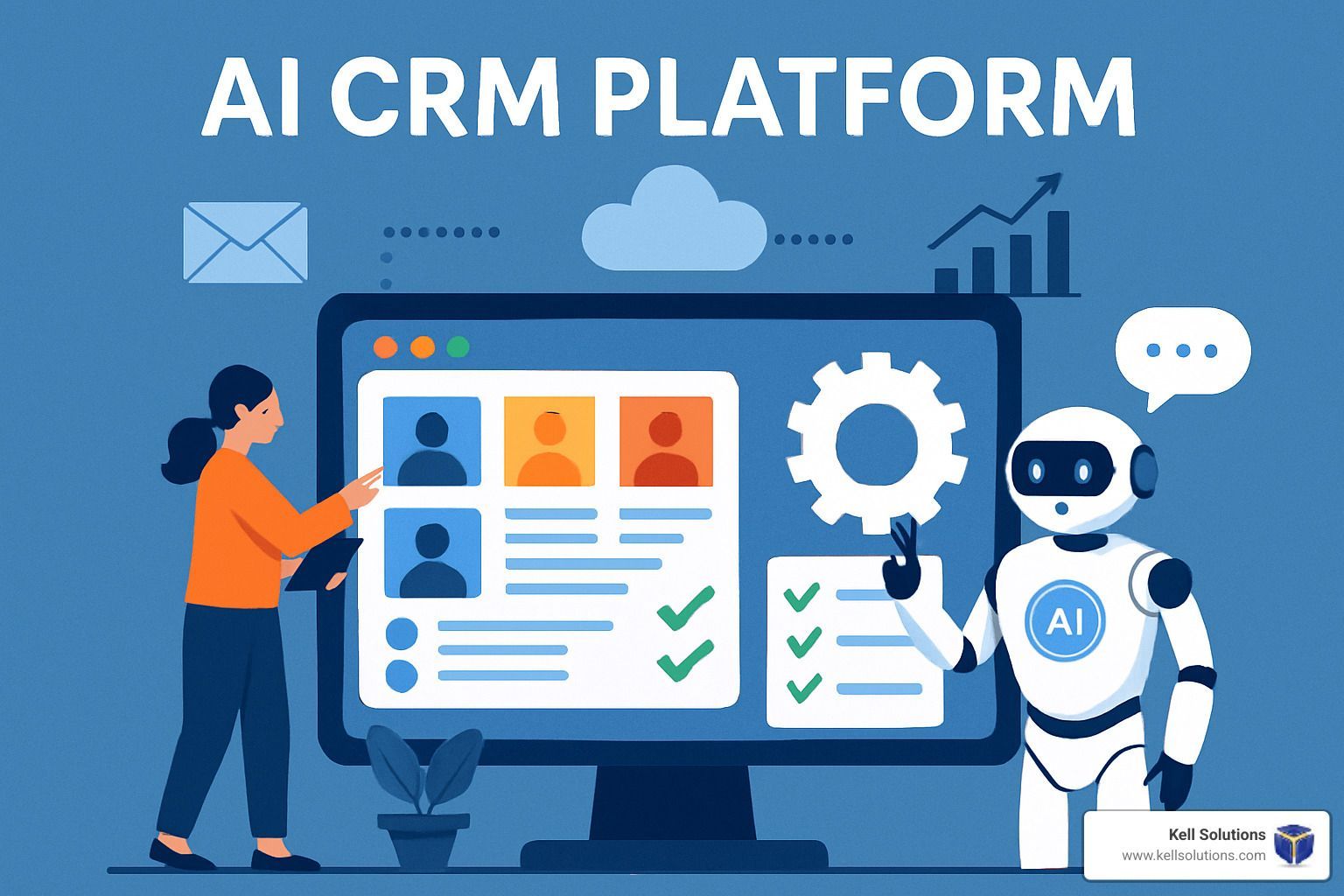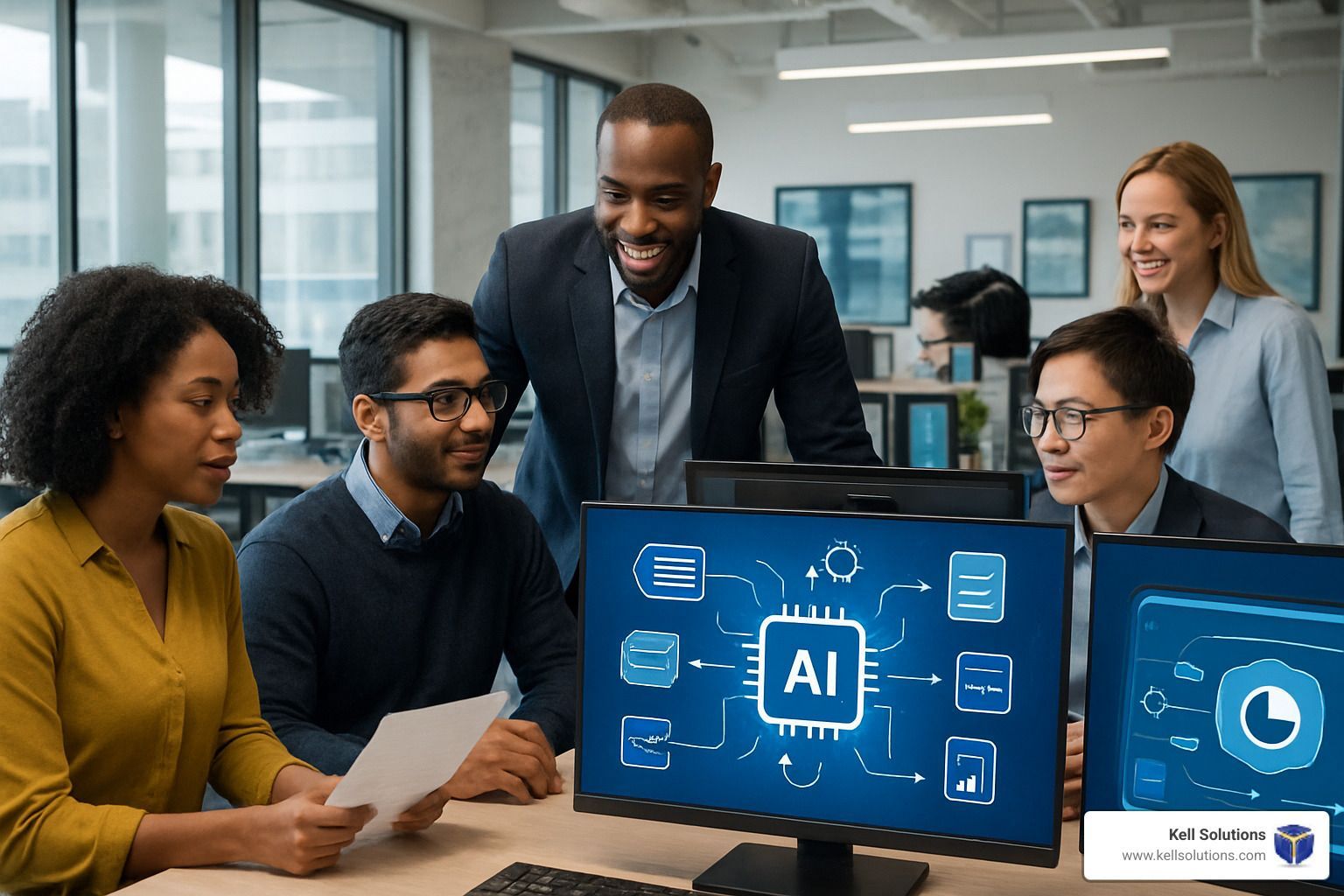Sustainability and Green Best Practices for Business in 2025
In 2025, sustainability is no longer just a buzzword; it’s a core business strategy that drives growth and innovation. As global environmental concerns escalate, companies are adopting green practices and leveraging advanced technologies to reduce their environmental impact and build more resilient operations. From the use of renewable energy to innovative waste management solutions, businesses are finding new ways to balance profitability with social and environmental responsibility. These efforts are not only essential for preserving the planet but also for meeting the growing expectations of eco-conscious consumers and investors.
Adoption of Green Technologies for Sustainable Business Practices in 2025
One of the key trends in 2025 is the widespread adoption of green technologies to enhance sustainability. Businesses are increasingly turning to renewable energy sources such as solar and wind power to fuel their operations, reducing dependence on fossil fuels and lowering greenhouse gas emissions. Energy-efficient technologies, such as LED lighting, smart heating, and cooling systems, are also helping companies minimize their energy consumption and operational costs.
In addition, green buildings and sustainable infrastructure are gaining momentum. Companies are designing their facilities to meet green building standards like LEED (Leadership in Energy and Environmental Design), which focus on energy efficiency, water conservation, and sustainable materials. These eco-friendly buildings not only have a lower environmental impact but also create healthier workspaces for employees.
Technologies like IoT (Internet of Things) are playing a crucial role in this transformation. IoT-enabled devices can monitor and optimize energy usage in real-time, while AI-based systems provide predictive insights for better resource management. By integrating these technologies, businesses can streamline their sustainability efforts and achieve more significant results.
Role of Technology in Reducing Carbon Footprints
Advanced technologies are paving the way for businesses to achieve net-zero emissions and reduce their overall carbon footprints. In 2025, the focus is on leveraging AI and machine learning to enhance supply chain transparency and optimize logistics, which are major contributors to a company’s carbon output. By using predictive analytics and real-time data, companies can make informed decisions on transportation routes, inventory management, and supplier selection, leading to more sustainable supply chain operations.
Certainly, AI and data analytics are being used to track and report emissions more accurately. This allows companies to identify inefficiencies and implement targeted strategies to reduce emissions. Carbon capture and storage (CCS) technologies are also emerging as viable solutions to offset emissions, enabling businesses to remove CO2 from the atmosphere and store it safely underground.
Cloud computing is another technology making a difference in sustainability. Cloud providers are investing in renewable energy and carbon-neutral data centers, allowing companies to reduce their IT-related carbon emissions by moving their operations to the cloud. This transition not only lowers energy consumption but also supports the overall sustainability goals of the business.
Tech-Enabled Circular Economy Models for Businesses
The concept of the circular economy is becoming a key element of sustainable business practices in 2025. Unlike the traditional linear economy, which follows a “take, make, dispose” model, the circular economy focuses on minimizing waste and maximizing the use of resources. This is achieved by designing products that can be reused, repaired, or recycled, creating a closed-loop system.
Technology plays a vital role in enabling circular economy models. Blockchain, for example, is being used to track the lifecycle of products, ensuring transparency and traceability of materials. This helps businesses recover valuable resources at the end of a product’s life and reintroduce them into the production cycle. Companies are also using AI to identify opportunities for repurposing materials and creating new value streams from byproducts or waste.
The shift towards a circular economy is not only beneficial for the environment but also opens up new business opportunities, reduces costs, and promotes innovation.
Sustainability and green best practices are at the forefront of business strategy in 2025. Through the adoption of green technologies, advanced data-driven strategies to reduce carbon footprints, and the implementation of tech-enabled circular economy models, businesses are transforming their operations to be more eco-friendly and sustainable. Embracing these practices is essential not only for the health of the planet but also for the long-term success and competitiveness of businesses in a rapidly changing world.
FAQs
1. What is the role of technology in promoting sustainability?
Technology helps businesses optimize resource usage, reduce emissions, and monitor sustainability metrics, leading to more efficient and eco-friendly operations.
2. How are businesses using green technologies to reduce their environmental impact?
Companies are adopting renewable energy sources, energy-efficient systems, and IoT-enabled devices to minimize energy consumption and lower greenhouse gas emissions.
3. What is a circular economy, and why is it important?
A circular economy focuses on reusing, recycling, and repurposing resources to minimize waste and reduce environmental impact, promoting long-term sustainability.
4. How does AI contribute to sustainability efforts?
AI helps optimize supply chains, track emissions, and identify opportunities for waste reduction, making it a powerful tool for achieving sustainability goals.
5. What are the benefits of adopting green practices for businesses?
Green practices reduce costs, improve brand reputation, meet regulatory requirements, and attract eco-conscious customers and investors, driving overall business success.
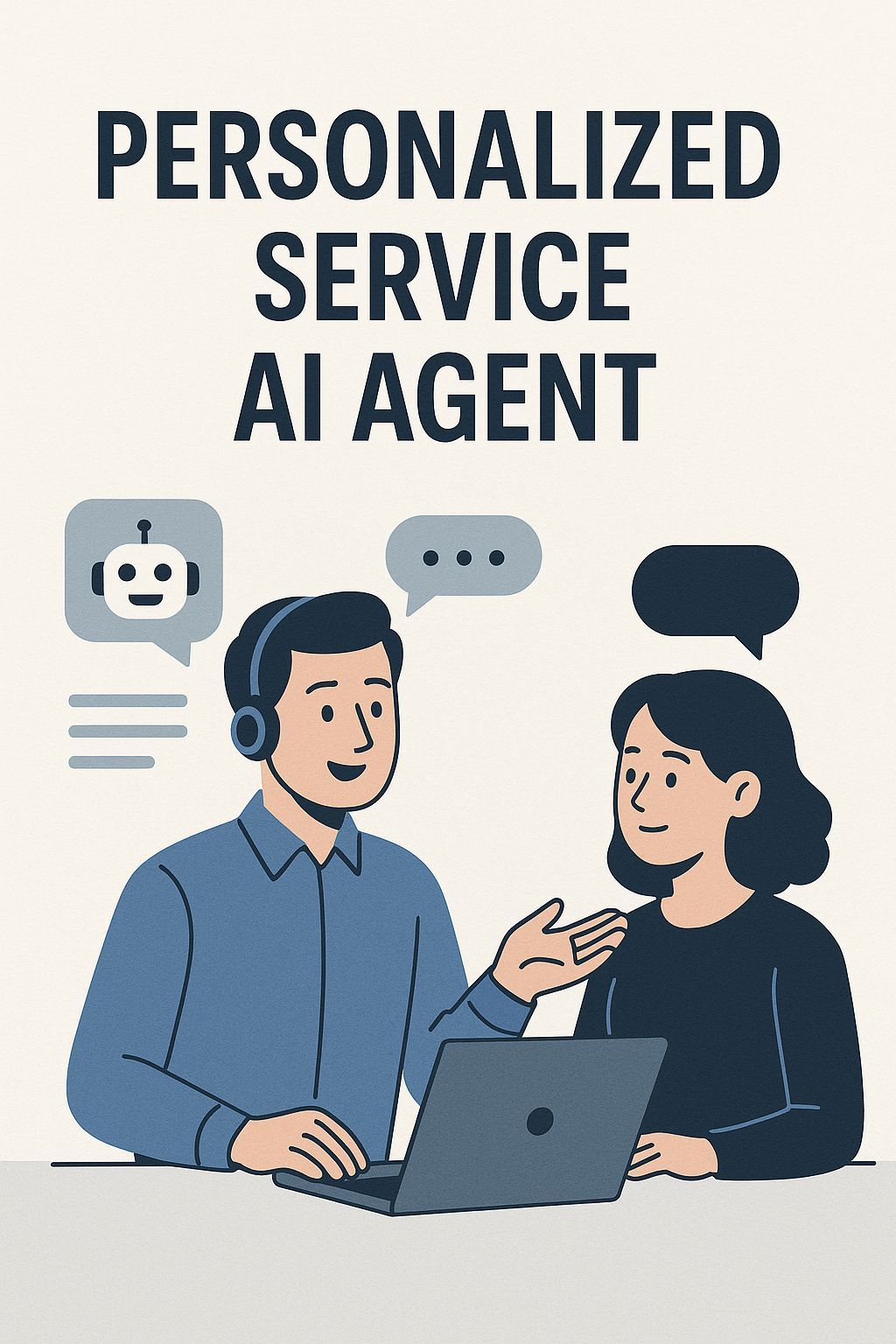
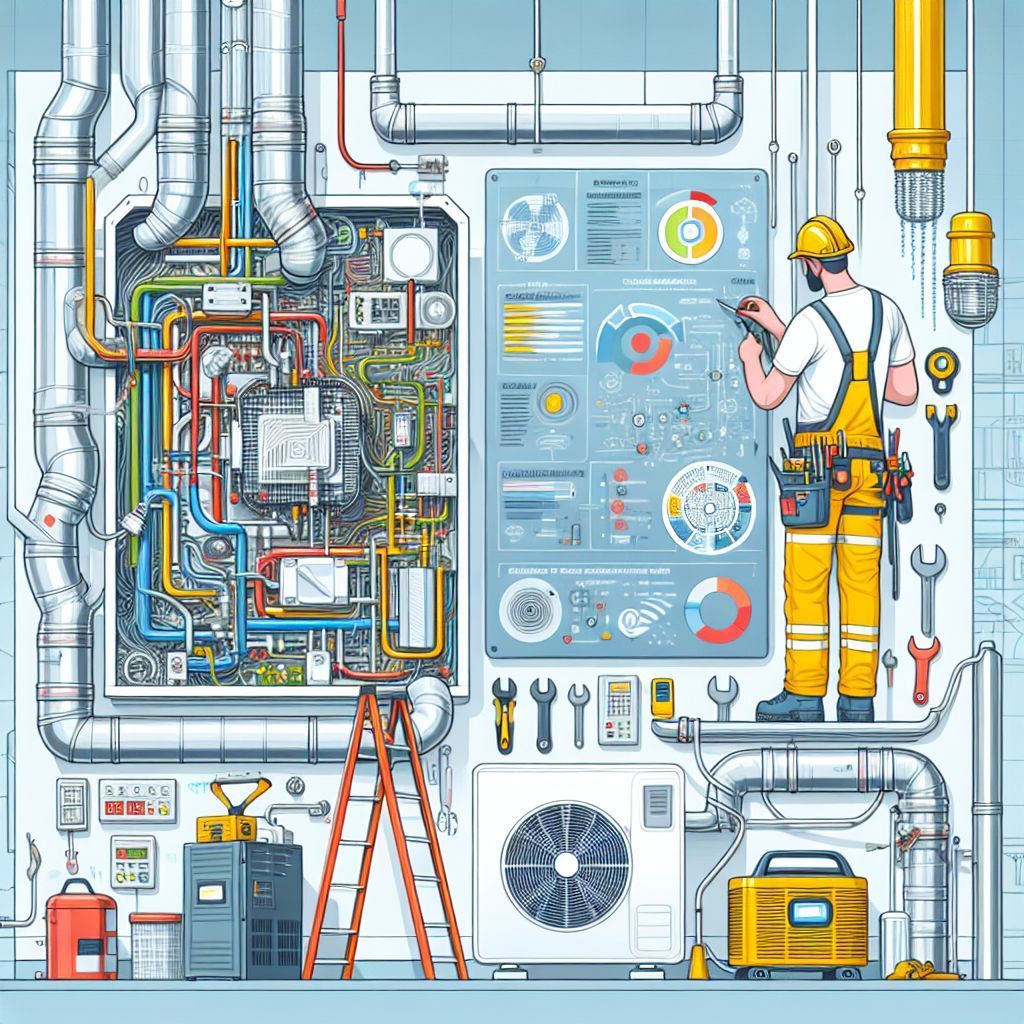
Orange County HVAC Google AI Overview Domination: 7 Proven Strategies to Capture Featured AI Results





